Entry Type: Group
aka: Fourth Arkansas Infantry (African Descent)
 Fifty-seventh U.S. Colored Infantry
Fifty-seventh U.S. Colored Infantry
Fine Arts Club of Arkansas
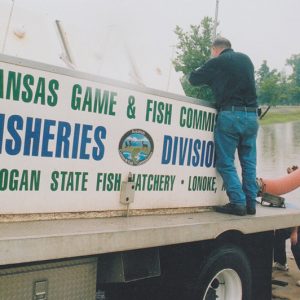 Fingerling Stocking
Fingerling Stocking
First (Crawford’s) Arkansas Cavalry (CS)
aka: Tenth Trans-Mississippi Cavalry
First and Second Kansas Colored Volunteer Infantry Regiments
aka: Seventy-Ninth and Eighty-Third United States Colored Troops
First Arkansas Infantry (US)
First Arkansas Light Artillery (CS)
First Arkansas Light Artillery Battery (US)
First Arkansas Light Battery (African Descent) (US)
aka: Battery H, Second U.S. Colored Artillery (Light)
First Arkansas Union Cavalry (US)
First Arkansas Volunteer Infantry Regiment (African Descent) (US)
aka: Forty-sixth Regiment U.S. Colored Troops
First Arkansas Volunteer Infantry Regiment (CS)
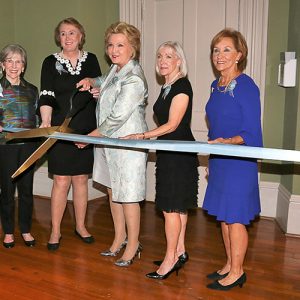 First Ladies Exhibit Grand Reopening
First Ladies Exhibit Grand Reopening
First Spouses
aka: First Ladies
aka: First Gentlemen
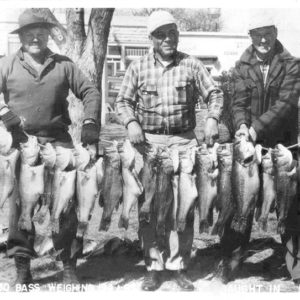 Fishermen
Fishermen
 Five Arkansas Governors
Five Arkansas Governors
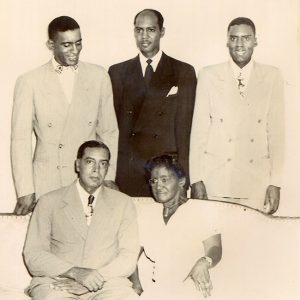 Flowers Family
Flowers Family
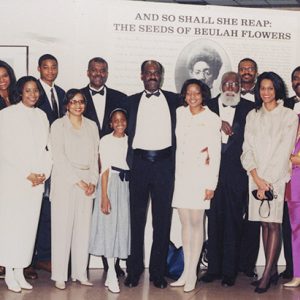 Flowers Family at UAPB
Flowers Family at UAPB
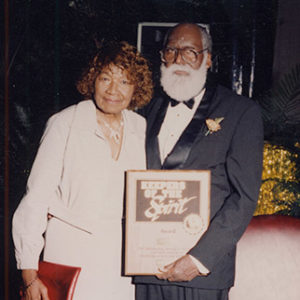 Cleon and Martha Flowers
Cleon and Martha Flowers
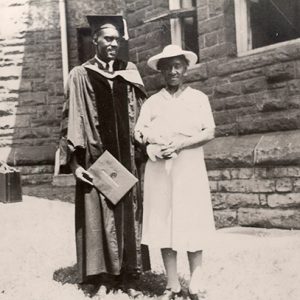 Cleon and Beulah Flowers
Cleon and Beulah Flowers
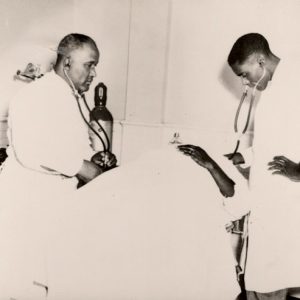 Cleon Flowers and C. A. Lawlah with Patient
Cleon Flowers and C. A. Lawlah with Patient
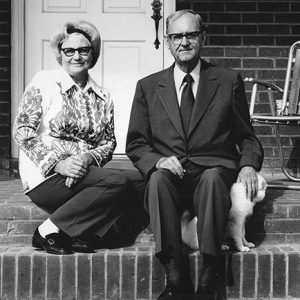 Arch and Ruby Ford
Arch and Ruby Ford
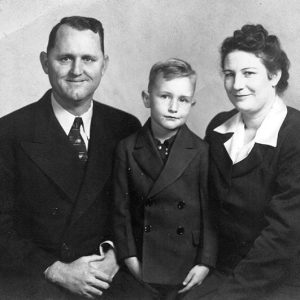 Ford Family
Ford Family
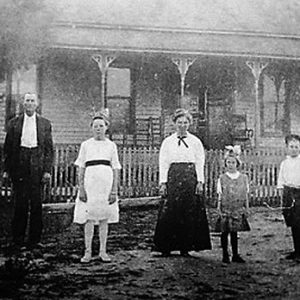 Ford House
Ford House
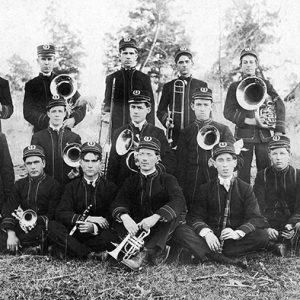 Fordyce Concert Band
Fordyce Concert Band
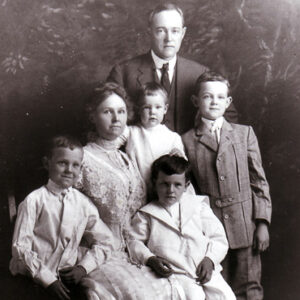 John Fordyce Family
John Fordyce Family
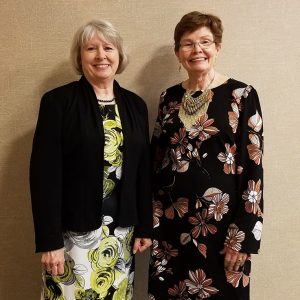 Former Society Presidents
Former Society Presidents
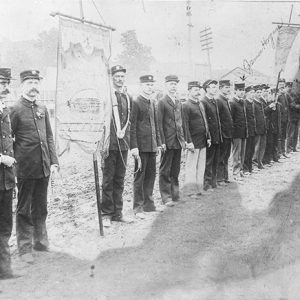 Fort Smith Fire Department
Fort Smith Fire Department
Fort Smith Historical Society
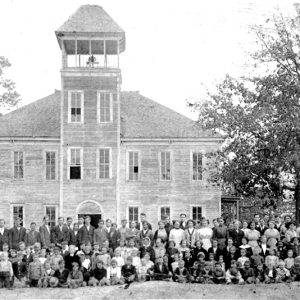 Fouke School
Fouke School
Fourth Arkansas Cavalry (US)
Fourth Arkansas Infantry (CS)
Fourth Arkansas Mounted Infantry (US)
Fourth Military District
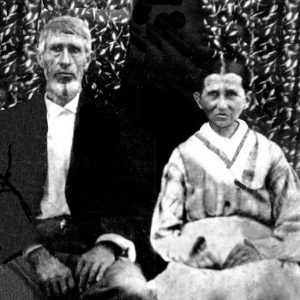 James Elison Foust and Harriet Knight Foust
James Elison Foust and Harriet Knight Foust
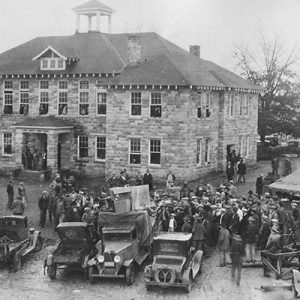 Connie Franklin Trial
Connie Franklin Trial
Free Blacks
aka: Free Negroes
Freedmen’s Bureau
aka: Bureau of Refugees, Freedmen, and Abandoned Lands
Freemasons
aka: Masons
French Explorers and Settlers
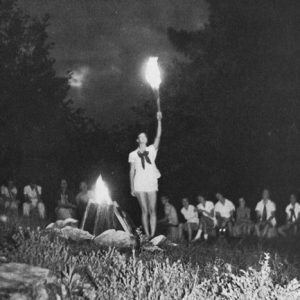 Friendship Campfire Circle; 1950s
Friendship Campfire Circle; 1950s
 Bill Froug and Lionel Barrymore
Bill Froug and Lionel Barrymore
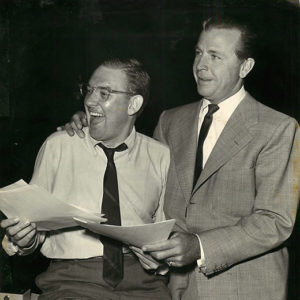 Bill Froug and Dick Powell
Bill Froug and Dick Powell
 William Froug and Father
William Froug and Father
 Bill Froug and Aldous Huxley
Bill Froug and Aldous Huxley
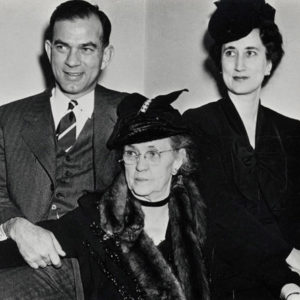 Bill, Roberta, and Elizabeth Fulbright
Bill, Roberta, and Elizabeth Fulbright
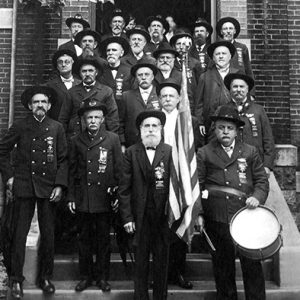 GAR McPherson Post No. 1
GAR McPherson Post No. 1
Garland County Historical Society
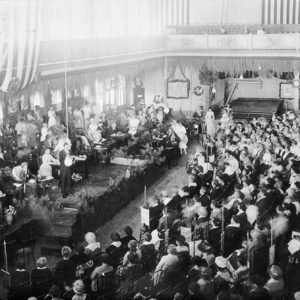 GFWC Convention; 1918
GFWC Convention; 1918




